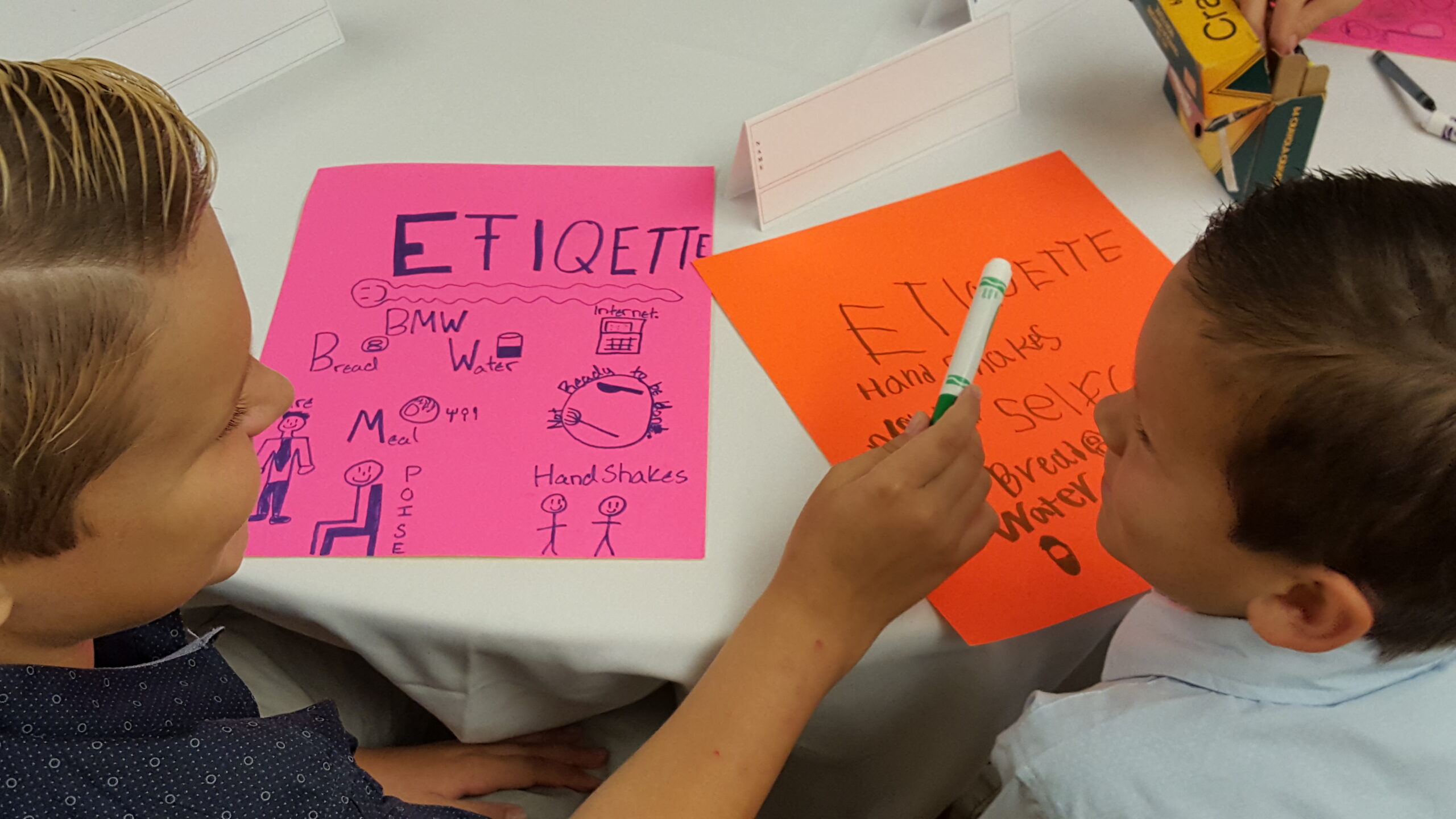How to raise mannerly children
 Teaching manners to children can be challenging for parents, but it’s an essential part of raising kind and respectful individuals. Many adults reflect on the manners they were taught as children and recall how valuable those lessons have been in their lives. As a parent, you can model and reinforce these important lessons, helping your children understand and practice good manners consistently.
Teaching manners to children can be challenging for parents, but it’s an essential part of raising kind and respectful individuals. Many adults reflect on the manners they were taught as children and recall how valuable those lessons have been in their lives. As a parent, you can model and reinforce these important lessons, helping your children understand and practice good manners consistently.
Here are some strategies to help your child understand and practice good manners.
Explain the importance of good manners: Start by discussing why manners matter. Explain how being polite and considerate helps your children become more likable, making it easier to form friendships. Additionally, highlight how good manners can benefit them in the future, such as in job interviews and professional settings.
Model desired behavior: Children learn by observing, so it’s crucial to demonstrate good manners and etiquette in your daily interactions. Show them how to be polite and respectful by consistently using phrases like “please,” “thank you,” and “you’re welcome.” Your actions will speak louder than words and set a strong example for your child to follow.
Be consistent: Consistency is key in teaching manners. Make polite language and respectful behavior a regular part of your family’s interactions. When children see this behavior modeled consistently, they are more likely to adopt it themselves.
Provide positive reinforcement: Acknowledge and praise your child when they exhibit good manners. Positive reinforcement encourages them to continue these behaviors. While it’s important to address negative behavior calmly and kindly, focusing on and rewarding positive actions can be more effective in the long run.
Role-play common scenarios: Practice makes perfect. Engage in role-playing activities with your child to simulate social situations. For example, if your child is going to a friend’s house for dinner, practice being a good guest. Role-play greeting others, saying “please” and “thank you,” and waiting to eat until everyone is served. Practicing these scenarios in a low-stress environment can help your child feel more confident and prepared in real-life situations.
By incorporating these strategies, you can help your child understand the value of good manners and develop the skills they need to interact politely and respectfully with others.
Please note: We have a new method of delivering blog posts to your inbox. If you have previously received these blog posts through Feedburner, please subscribe to receive these blog posts through the form below and unsubscribe to the posts you receive through Feedburner.

 Sign up for the award-winning Clise Etiquette newsletter and receive a free chapter of Arden's book Spinach in Your Boss's Teeth.
Sign up for the award-winning Clise Etiquette newsletter and receive a free chapter of Arden's book Spinach in Your Boss's Teeth.
Leave a Comment